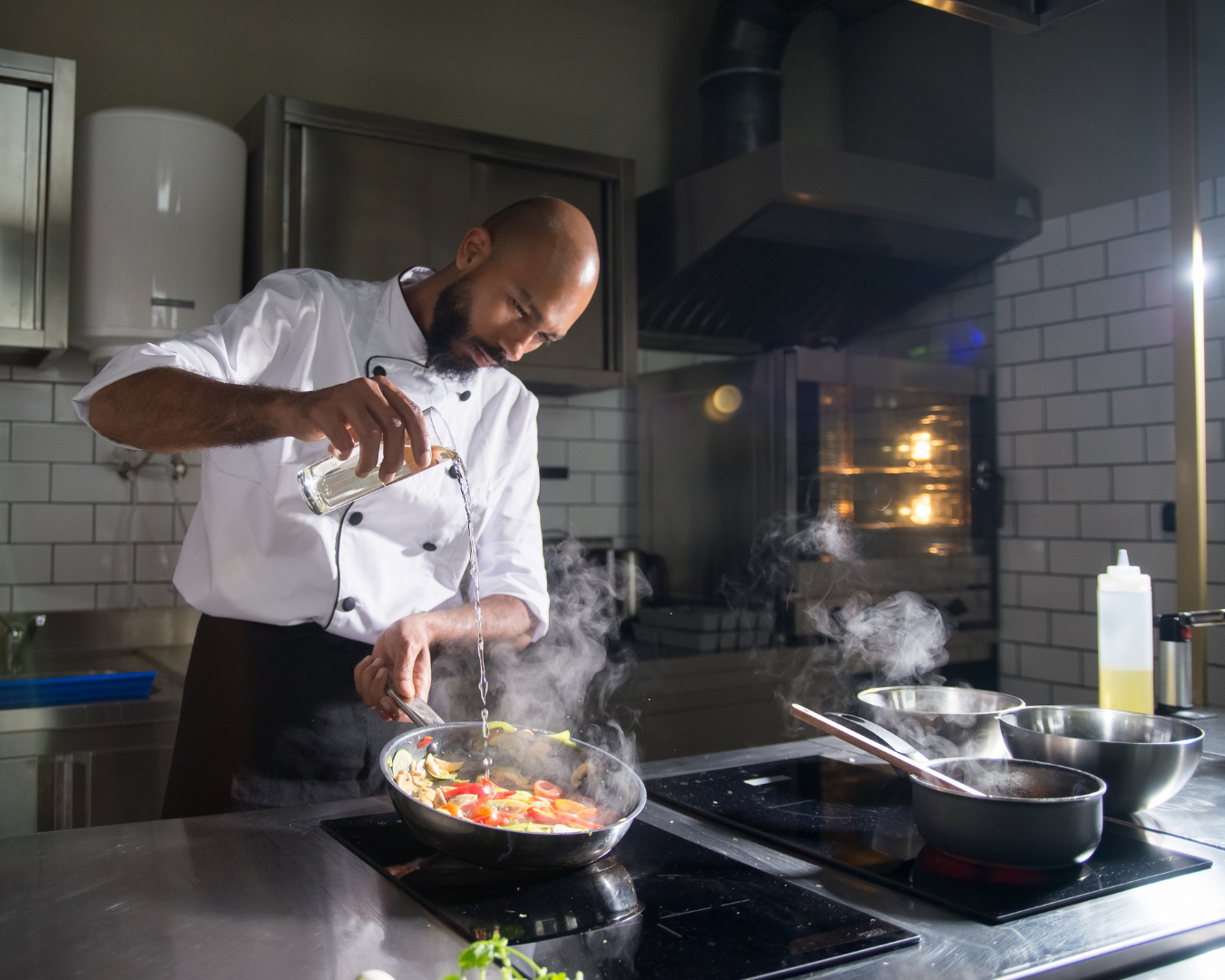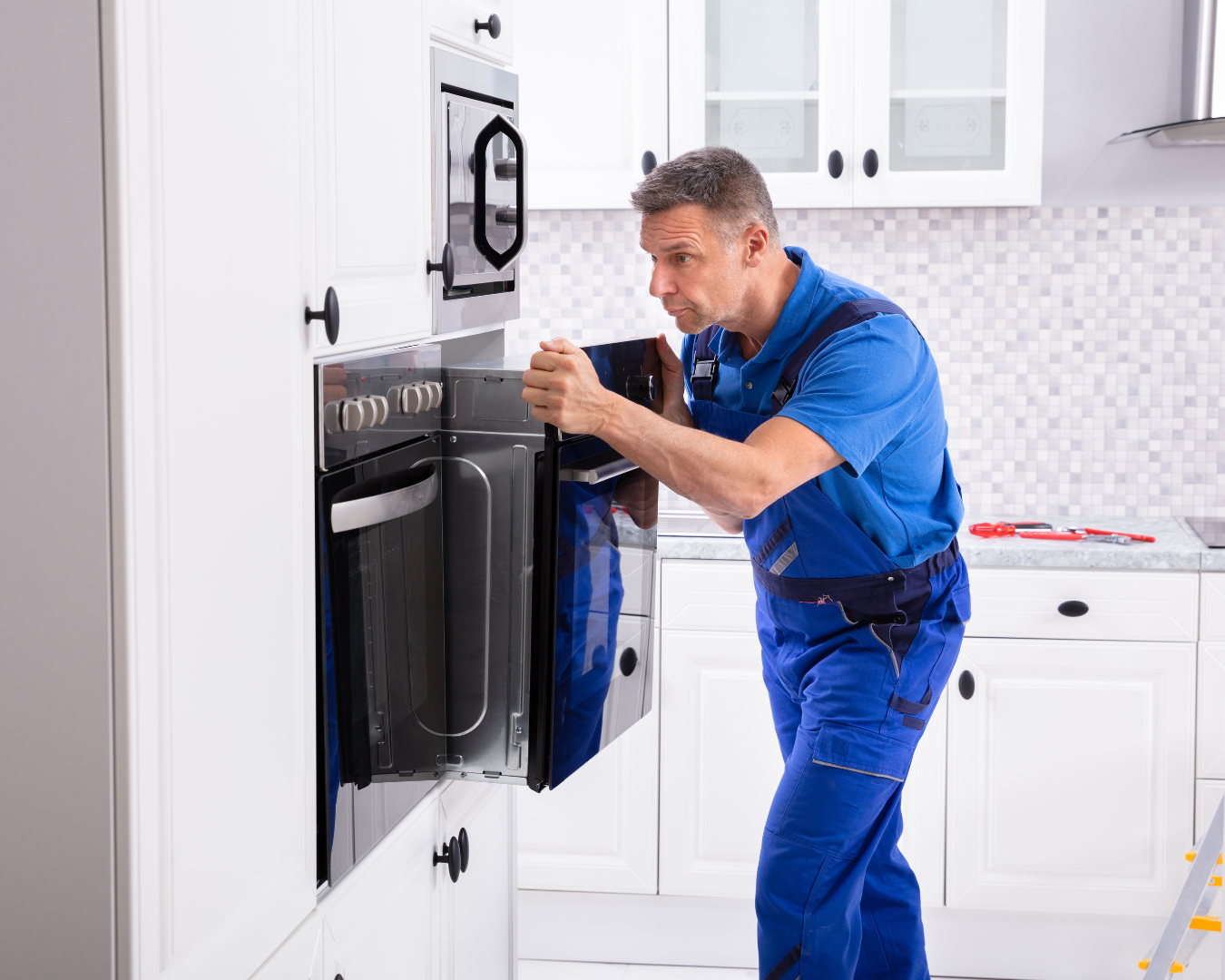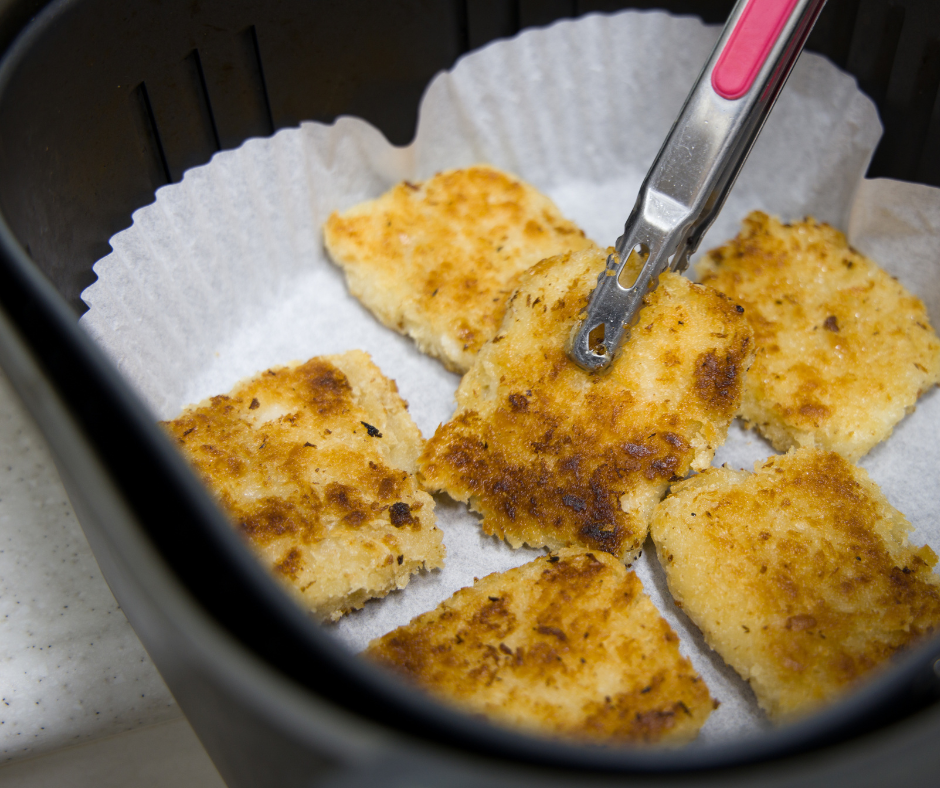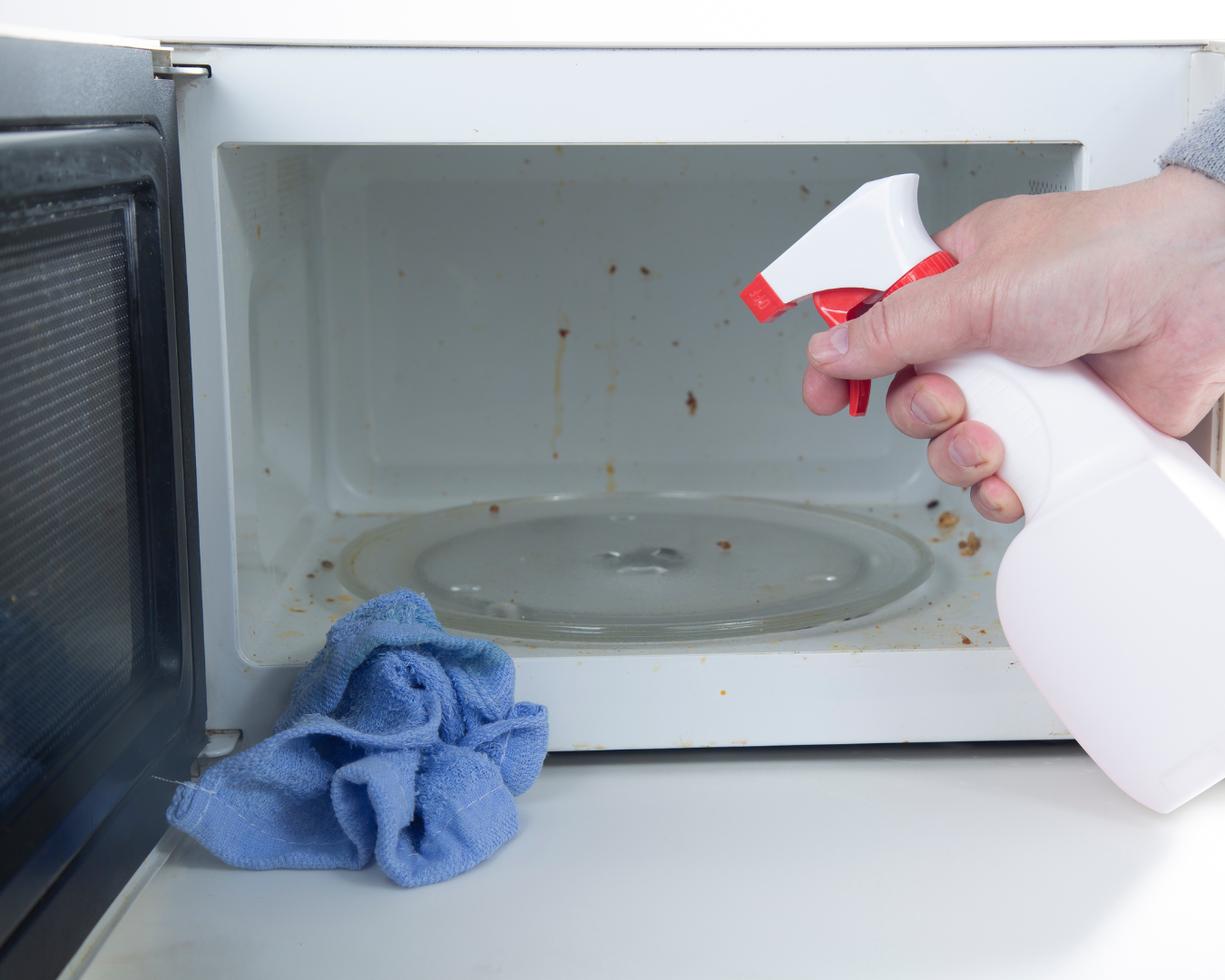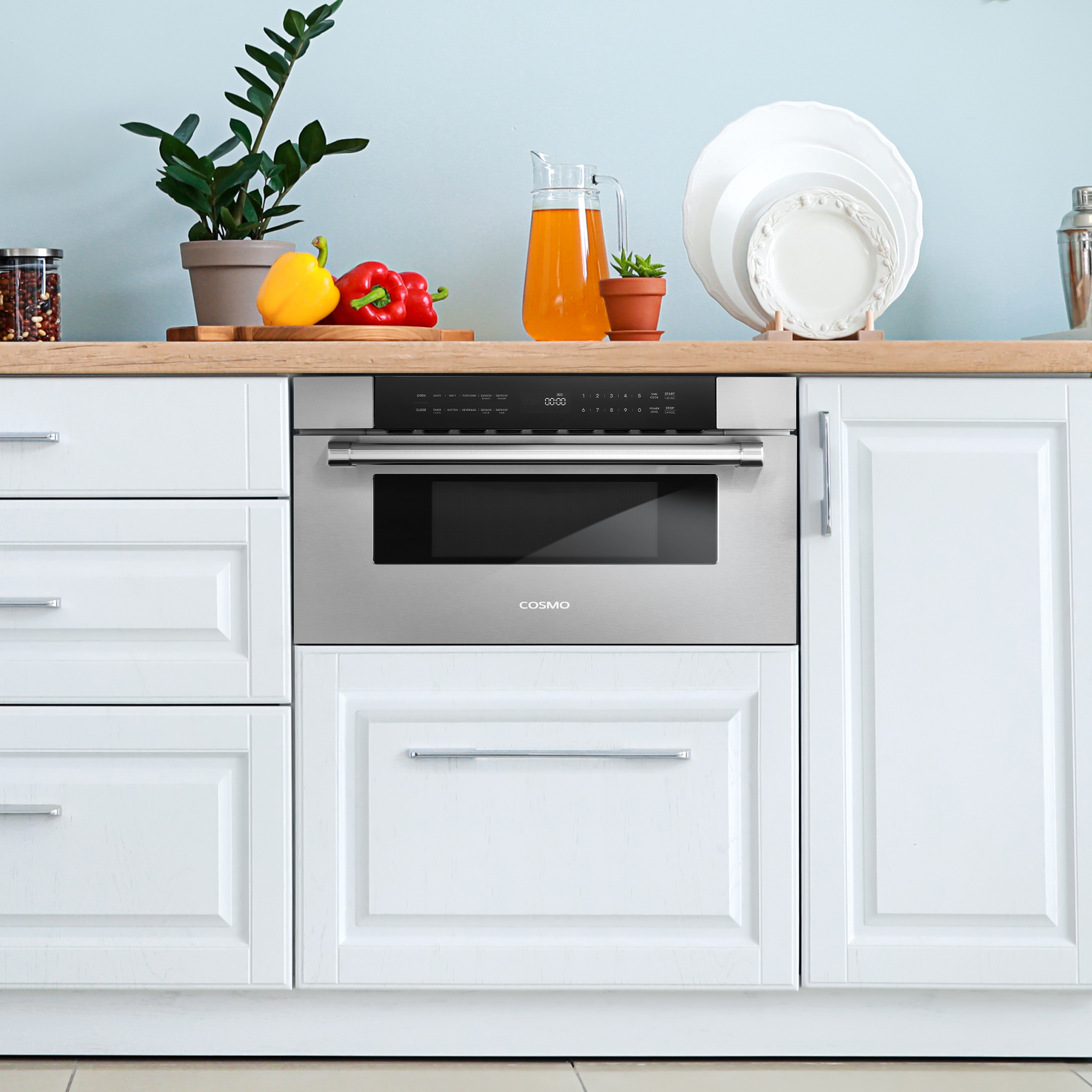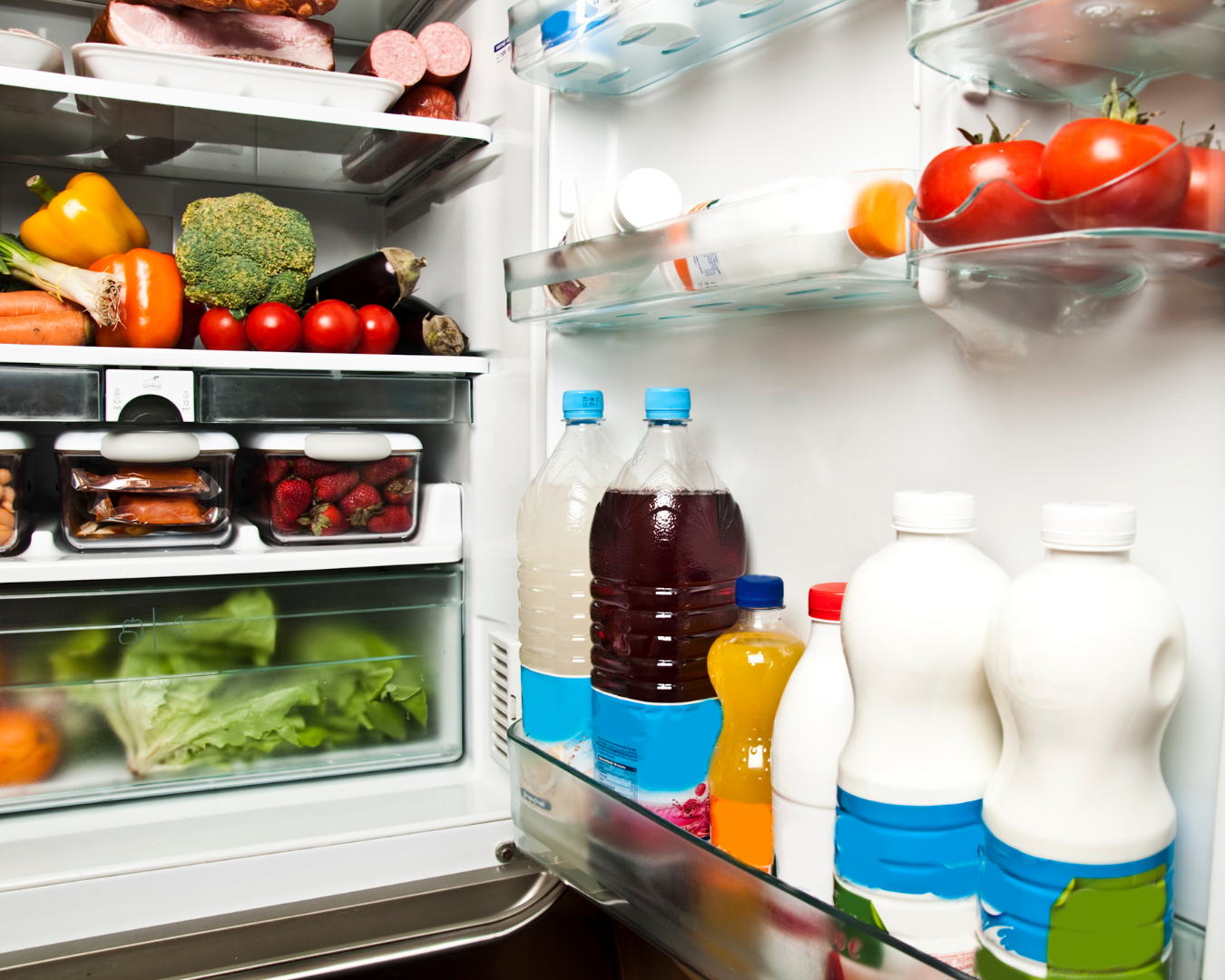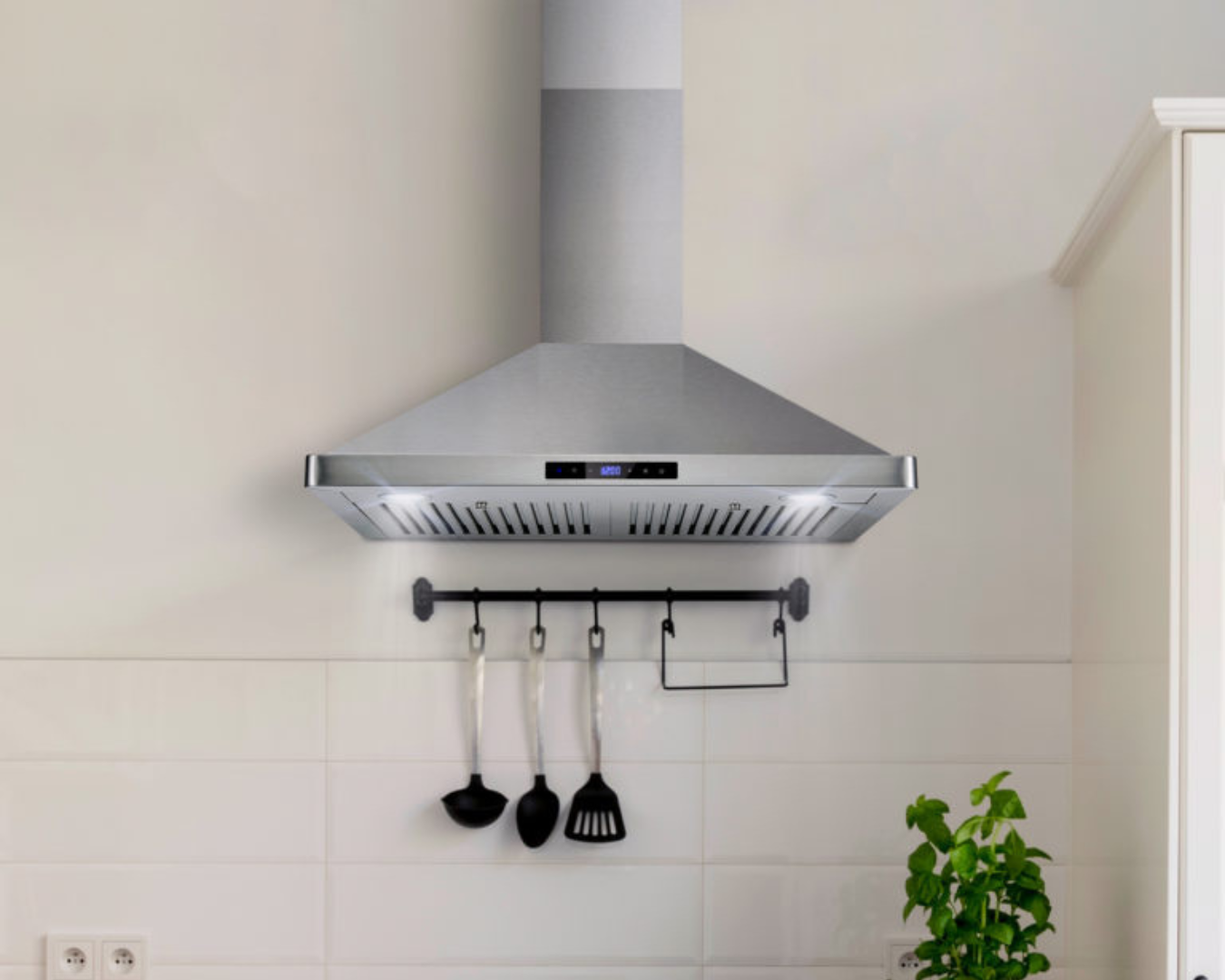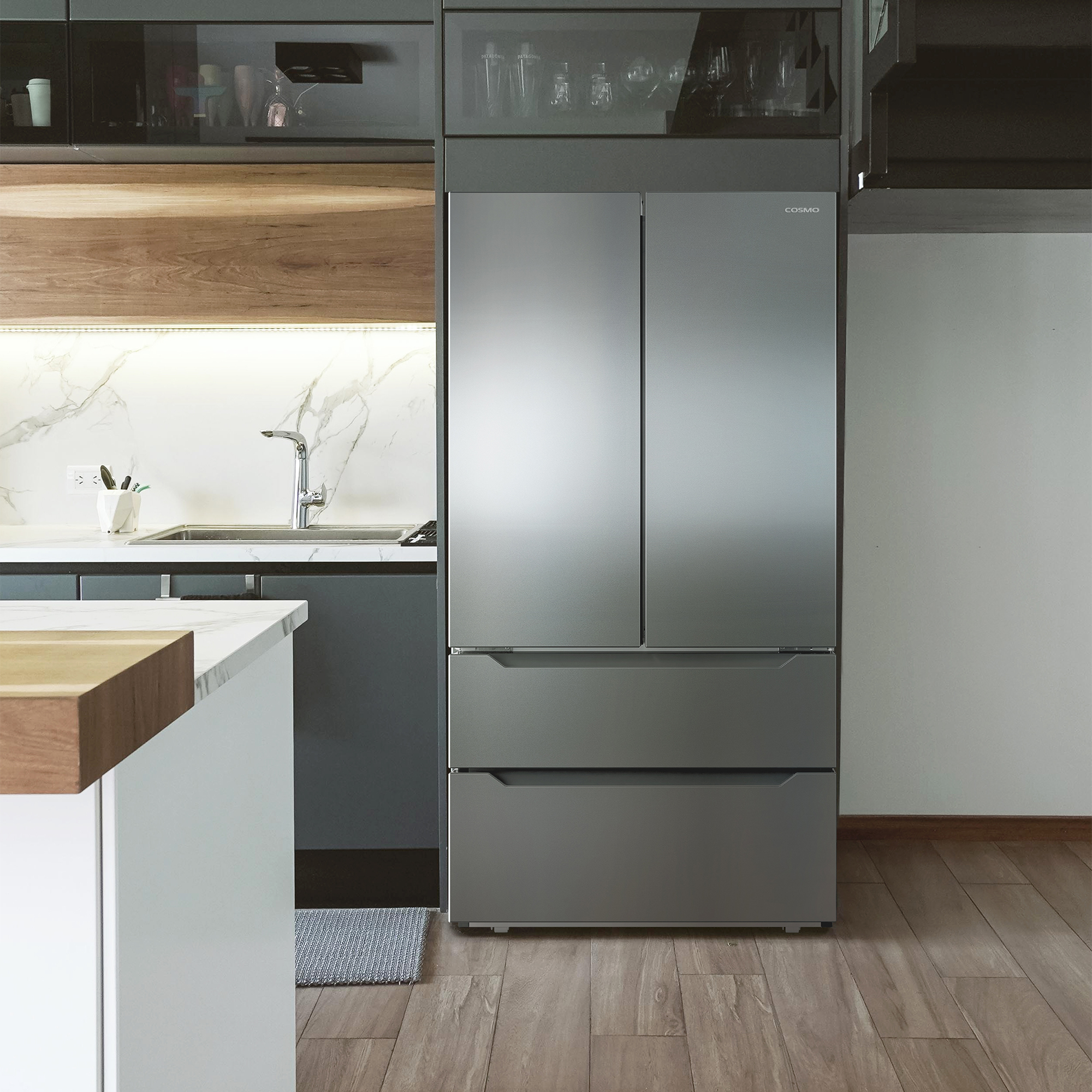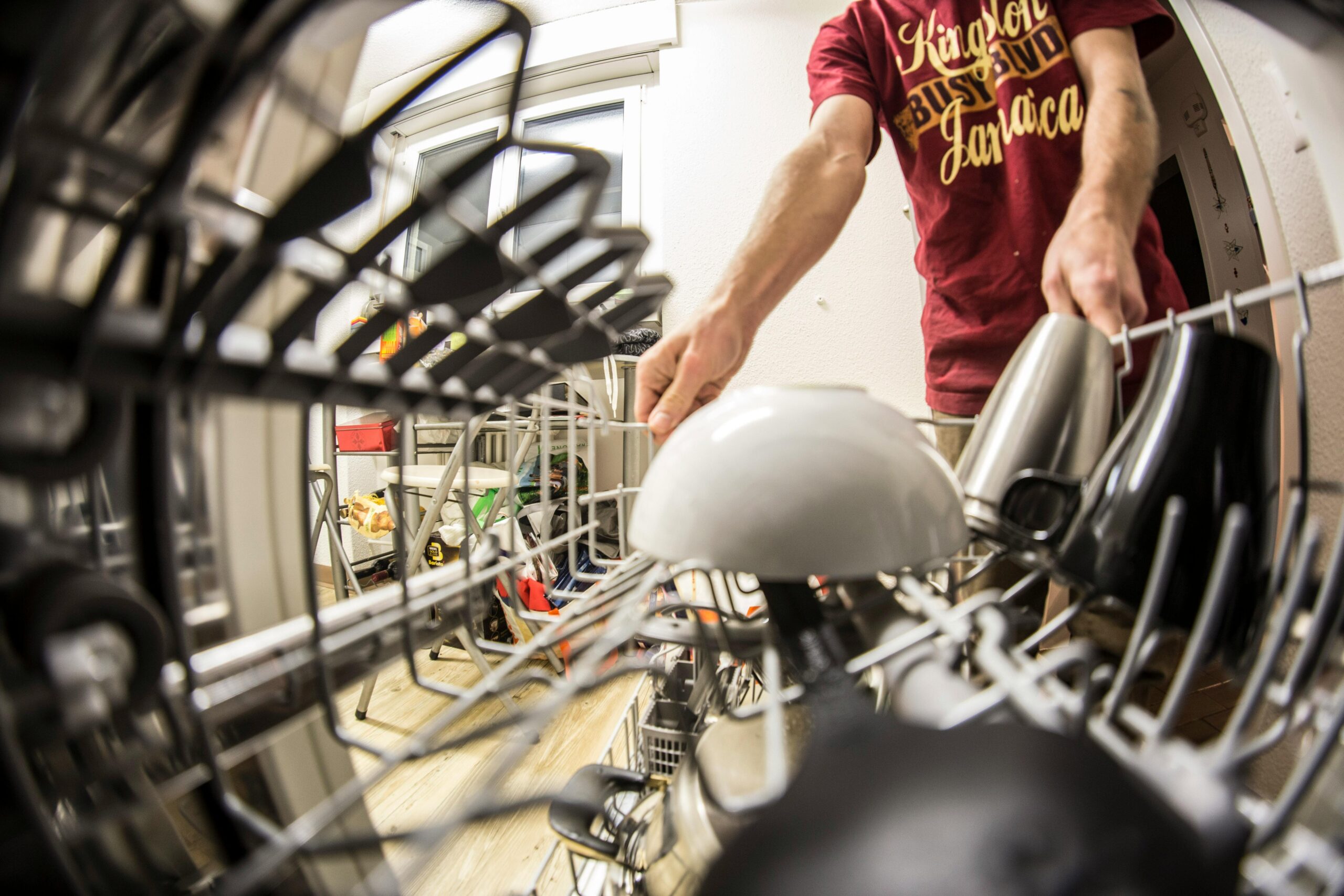Gas vs. Electric Ranges: Choosing the Right Option for Your Kitchen
When it comes to choosing a kitchen range, the decision between gas and electric can be challenging. Both have their own set of advantages and potential drawbacks. This post will help you understand the key differences between gas and electric ranges, so you can make an informed choice that best suits your cooking style and kitchen needs. The kitchen range is one of the most essential appliances in your kitchen. It’s where you cook your meals, experiment with new recipes, and create culinary masterpieces. Choosing the right type of range can significantly impact your cooking experience. Let’s explore the pros and cons of gas and electric ranges to help you determine which one is the right fit for your kitchen. Gas Ranges Advantages Instant Heat Control: Even Heat Distribution: Lower Operating Costs: Continued Operation During Power Outages: Disadvantages Installation Costs: Safety Concerns: Cleaning Challenges: Electric Ranges Advantages Ease of Cleaning: Consistent Heating: Versatility: Lower Initial Cost: Disadvantages Slower Heat Response: Higher Operating Costs: Power Outages: Choosing between a gas and an electric range depends on your cooking preferences, kitchen setup, and budget. If you value precise temperature control and often cook dishes that require high heat, a gas range might be the best option for you. On the other hand, if you prioritize ease of cleaning and consistent oven temperatures, an electric range could be a better fit. Consider the following questions to help guide your decision: By weighing these factors, you can select the range that will enhance your culinary endeavors and best meet your kitchen needs.

